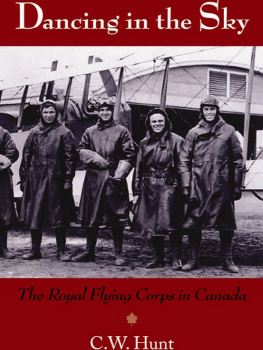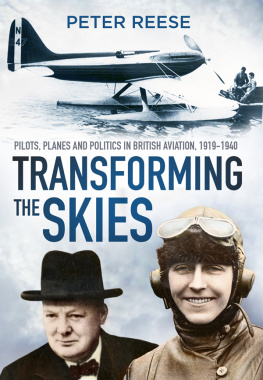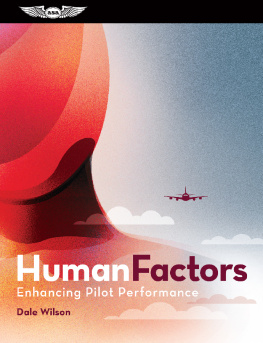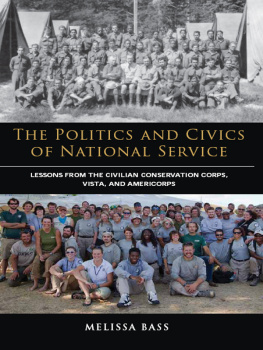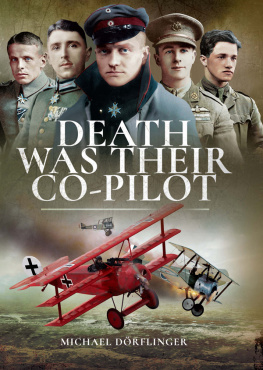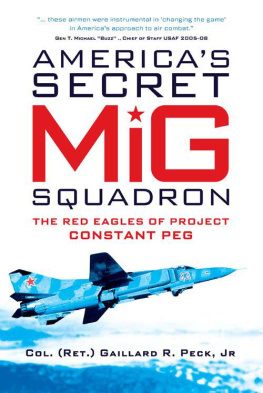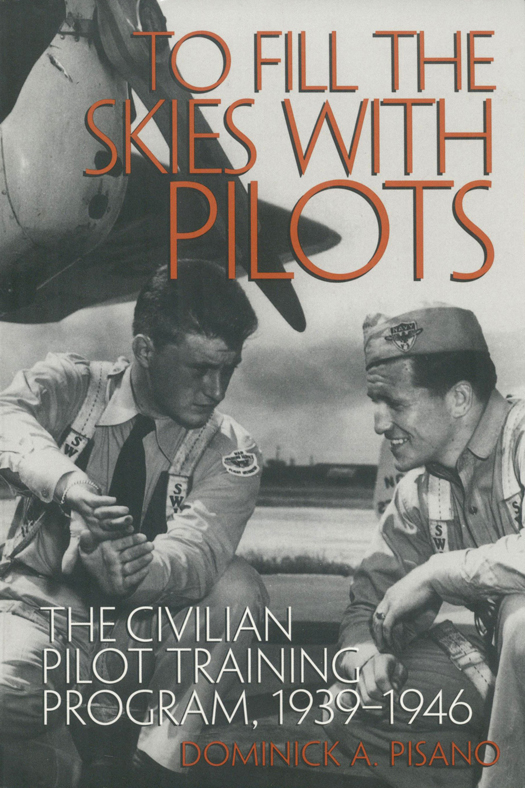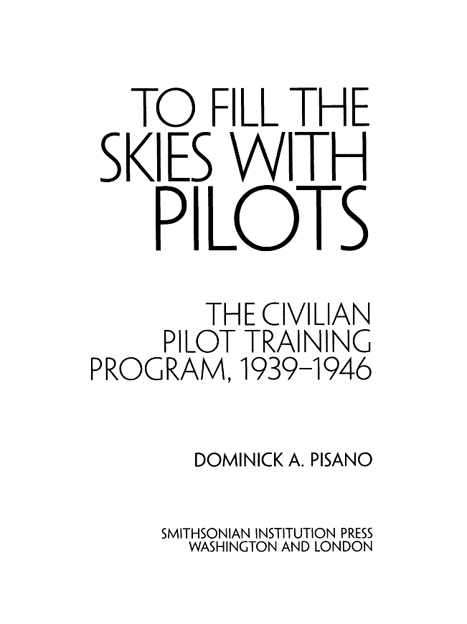Dominick A. Pisano and Allan A. Needell, Series Editors
Since the Wright brothers first flight, air and space technologies have been central in creating the modern world. Aviation and spaceflight have transformed our livesour conceptions of time and distance, our daily routines, and the conduct of exploration, business, and war. The Smithsonian History of Aviation and Spaceflight Series publishes substantive works that further our understanding of these transformations in their social, cultural, political, and military contexts.
A Smithsonian reprint of the edition published by the University of Illinois Press in 1993
For permission to reproduce illustrations appearing in this book, please correspond directly with the owners of the works, as listed in the individual captions. The Smithsonian Institution Press does not retain reproduction rights for these illustrations individually, or maintain a file of addresses for photo sources.
Contents
Baptism of Fire:
The CPTP and the Legislative Process
Illustrations follow
Preface
Franklin Delano Roosevelts tenure as president covered twelve epoch-making years, a period marked by the Great Depression and World War II. During that time, aviation grew at an unprecedented pace and emerged as a major industrial and technological force, becoming a key element in transportation and an essential weapon of war. However, aside from two institutional histories published by the Federal Aviation Administration in the late 1970s, a chapter in Arthur M. Schlesinger, Jr.s The Coming of the New Deal, and a few scattered articles, historians have given little attention to aviation in the Roosevelt years, although virtually every other facet of the New Deal has been covered extensively.
This study attempts to fill that historical gap by examining one area of Roosevelts aviation policy, the Civilian Pilot Training Program (CPTP). Extending over the critical years from 1939 to 1946, the CPTP was a dual-purpose governmental program conceived by the Civil Aeronautics Authority to serve as a New Deal economic panacea for a neglected segment of the aviation industry and as a bulwark in the national defense by providing trained pilots in the event of war. During its lifetime, the CPTP endured a curious, and sometimes turbulent, history, one of concrete achievements and concrete failures.
The CPTP is significant because it spans the New Deal, war preparedness and mobilization, and the years of postwar adjustment; it also illuminates aspects of the Roosevelt administrations essential posture toward aviation during that important period. Moreover, the CPTP reflects a pattern of federal involvement in aviation, civilian and military, that began before World War I and continues to the present.
This book will discuss the genesis of the CPTP in the prewar years and trace how World War II shaped and transformed the program. I have attempted to analyze the changing expectations placed on the CPTP during its existence and arrive at some conclusions about what effect these changes would have on society after the war.
My interest in the Civilian Pilot Training Program grew out of my involvement in an exhibition at the Smithsonian Institutions National Air and Space Museum titled Black Wings: The American Black in Aviation. Research for the exhibition showed that the CPTP had been instrumental in allowing blacks, who had faced the same kinds of restrictive Jim Crow practices in aviation as in other areas of their lives, to fly in greater numbers than ever before. As my research grew, I learned more about the CPTP and was impressed by how often it was cited for successfully producing pilots in a wartime emergency and by the claims an admiring Civil Aeronautics Administration made for it long after the program ended. My curiosity about the CPTP and its broader implications was piqued. Given the state of scholarship on aviation in the Roosevelt era, however, I was not surprised to find that aside from a cursory review published in the mid-1960s by the Federal Aviation Administration and many popular articles in the aviation press, no comprehensive historical analysis existed. No single source could tell me what I wanted to know about the CPTP.
During the course of this study, I, too, came to appreciate the Civilian Pilot Training Program and its various administrators, but not for the reasons so often given. Rather, my recognition comes from an understanding of how intricate the program was, how it encountered many political and administrative problems in a brief span of seven years, and, although at times falteringly, how tenaciously it continued to adapt to meet the challenge of war on an international scale.
To be sure, the Civilian Pilot Training Program had many failings and failures and was controversial, something that has been largely forgotten with the passage of time. Moreover, many of the programs nuances and ambiguities have not been discussed and, in some instances, may never be completely explained. I believe, however, that this analysis of the Civilian Pilot Training Program takes into account all these factors, explains its multifaceted character in a balanced, even-handed way, and contributes to the extant sparse body of literature. I hope that it will add to established scholarship on the latter stages of the New Deal and Americas efforts to prepare and mobilize for World War II.
For making this study possible, I would like to thank Bernard M. Mergen, professor of American civilization, American Studies Department, George Washington University; Tom D. Crouch, chair, Department of Aeronautics, National Air and Space Museum, Smithsonian Institution; and Von D. Hardesty, curator and former chair, Department of Aeronautics, National Air and Space Museum, Smithsonian Institution. All three men made timely comments, asked critical questions about context, and provided helpful suggestions for improving various drafts of the manuscript. Without their help, encouragement, and forbearance, I could not have completed this work. Von Hardesty was especially kind in reading and reviewing the final draft and allowing me to take a brief leave of absence from the Aeronautics Department of the National Air and Space Museum.
To my colleagues at the museum, I am grateful for various forms of assistance and support. Special thanks go to Joanne Gernstein, Peter Jakab, Don Lopez, Anita Mason, Bob van der Linden, Howard Wolko, Trish Graboske, Phil Edwards, Martin Smith, Dave Spencer, Larry Wilson, and Bob Dreesen.
Financial support for substantial parts of this study was provided by the Smithsonian Institutions Research Opportunities Fund, which enabled me to visit the Robert H. Hinckley Papers and the Robert H. Hinckley Institute of Politics at the University of Utah. For this help I would especially like to thank Martin Harwit, David Challinor, Robert Hoffman, and Ross Simons.


